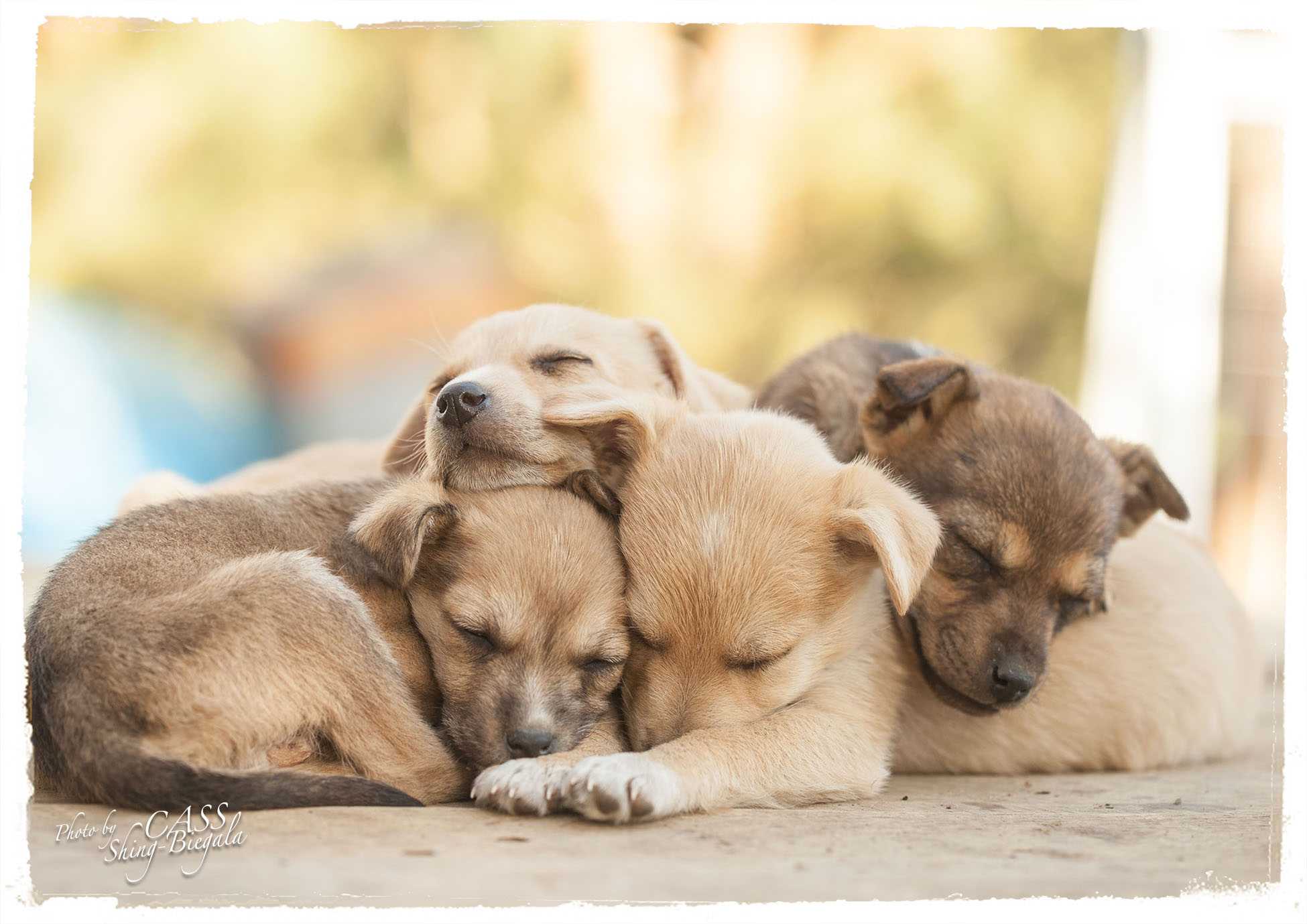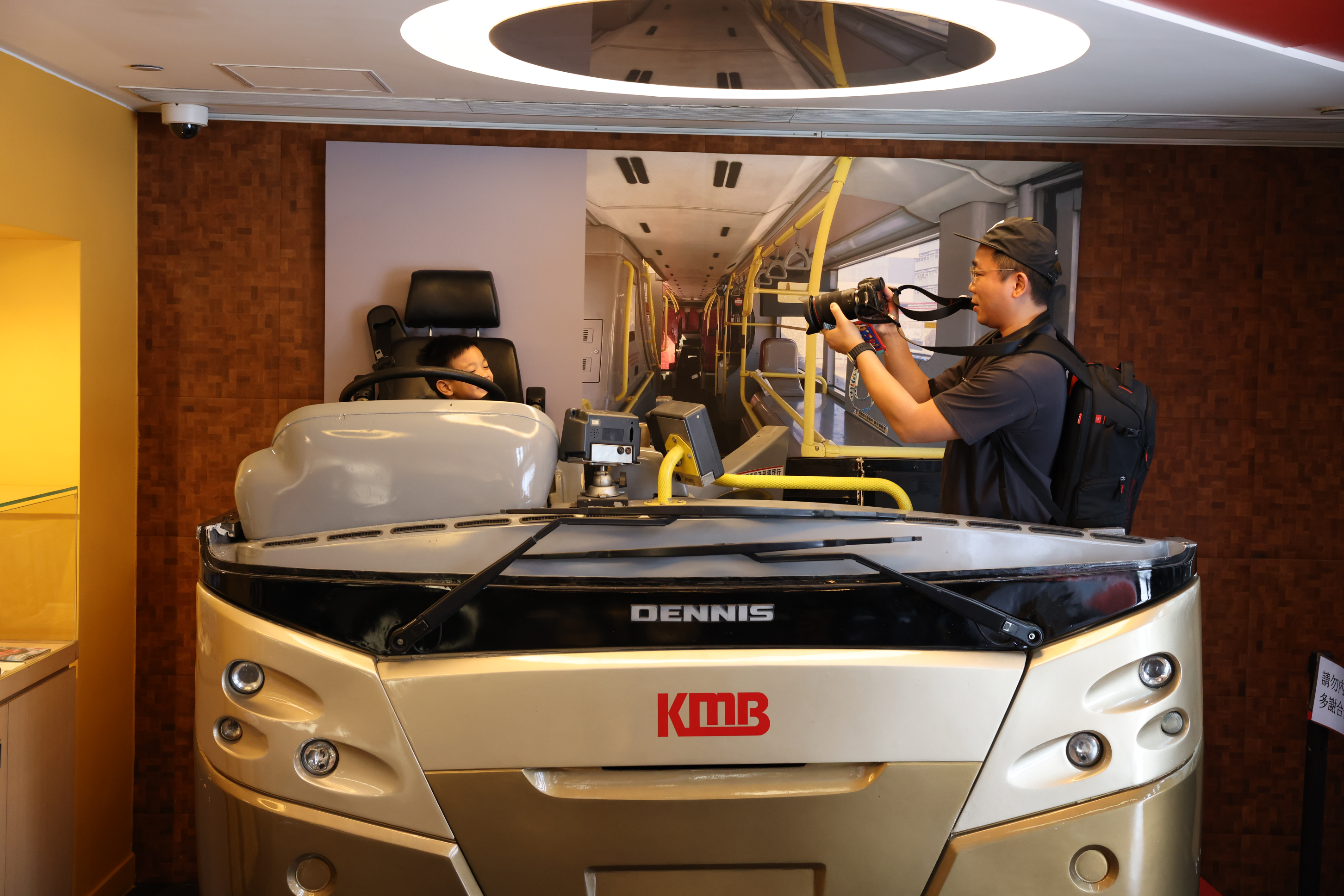Practical Tips for Everyday Pet Photography: Choosing among Aperture, Shutter Speed and ISO
To All Pet Lovers: A Photography Lesson from Pet Photographer Cass
In this article, let’s find out how we can make good use of and choose wisely among aperture, shutter speed and ISO to take nice pet shots from everyday lives even under different constraints and the “imperfect” environment!
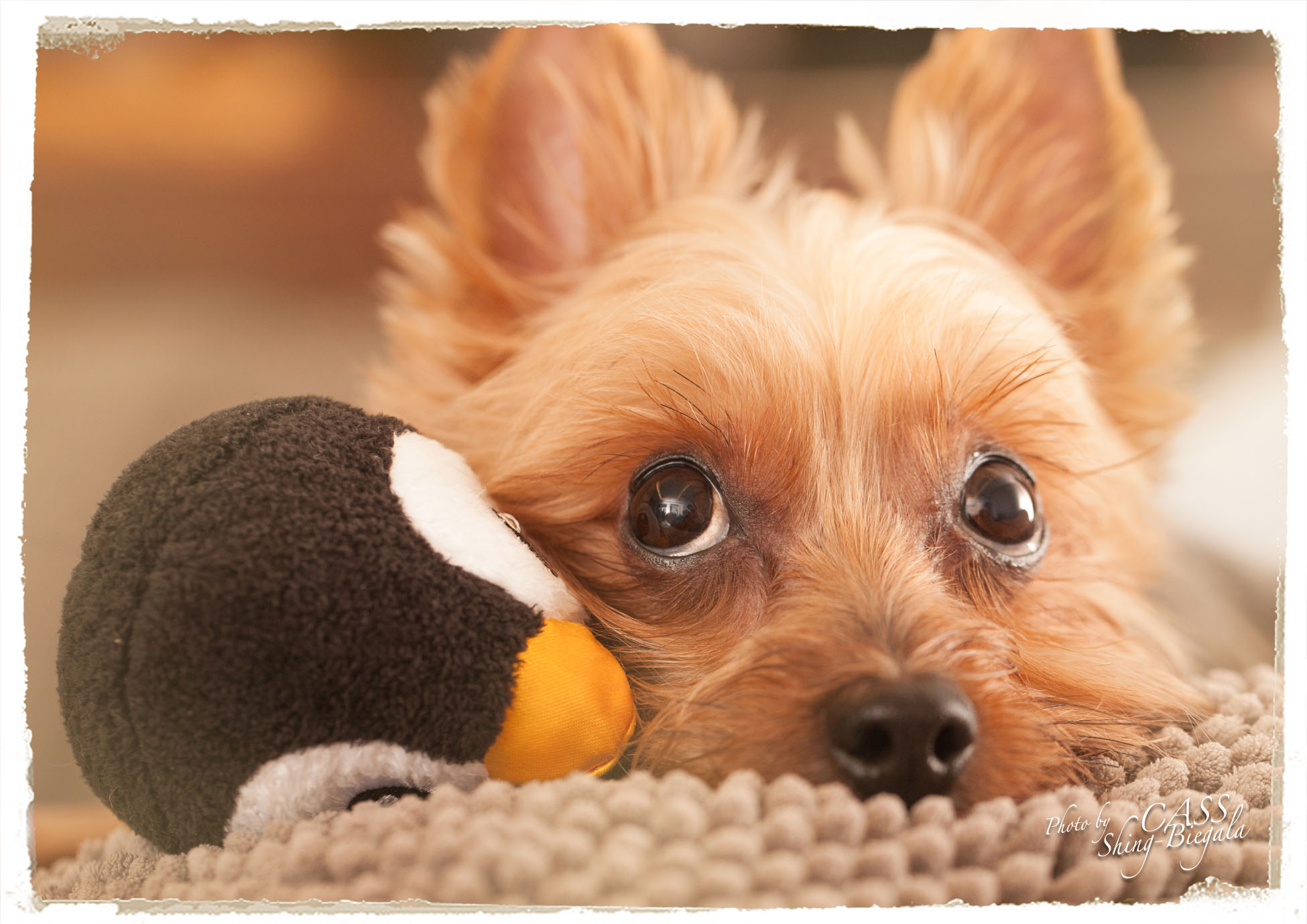
Adjust the aperture, shutter speed and ISO to achieve a balance based on the environment and photo’s theme. Avoid using an aperture too large to ensure the doggie’s facial expression is clearly captured. A relatively fast shutter speed is needed to prepare for any unexpected action. Adjust to a higher ISO accordingly if the ambience is dim when you photograph at home.
EOS 5D Mark II | EF 100 mm f/2.8L Macro IS USM | 1/180 f/4 ISO800
Aperture, Shutter Speed and ISO Setting
If you have read another Club Canon’s article on fundamental pet photography before, you should have an idea that the aperture, shutter speed and ISO setting are collectively called the “exposure triangle”, and these three elements are key to imaging.
Even if you are a photography novice planning to use only semi-auto modes such as Av or Tv modes, getting to understand more of these three elements will save you half the work and achieve better result. In addition to controlling the basic exposure of a shot, these elements have their own characteristics individually. Simply put, the larger the aperture (i.e. the smaller the f value), the more light will be let in and the shallower the depth of field. A fast shutter speed means fewer light will enter but the camera will be more capable of freezing quick moving subject. A higher ISO means more exposure to light but there will be more image noises at the same time.
For pet photography, a large aperture is normally more preferred as the subject can be easily stood out from a blurry background that comes with a shallow depth of field. Besides, a fast shutter speed is favorable as it can avoid motion blur when we take photos of pets who are always active and moving. It also helps reduce camera shake that will cause adverse impact on imaging when shooting through a handheld telephoto lens. If circumstances allow, use a lower ISO setting for better image quality, more delicate details and faithful colour reproduction. Images with fewer noises can also guarantee better quality when enlarged.
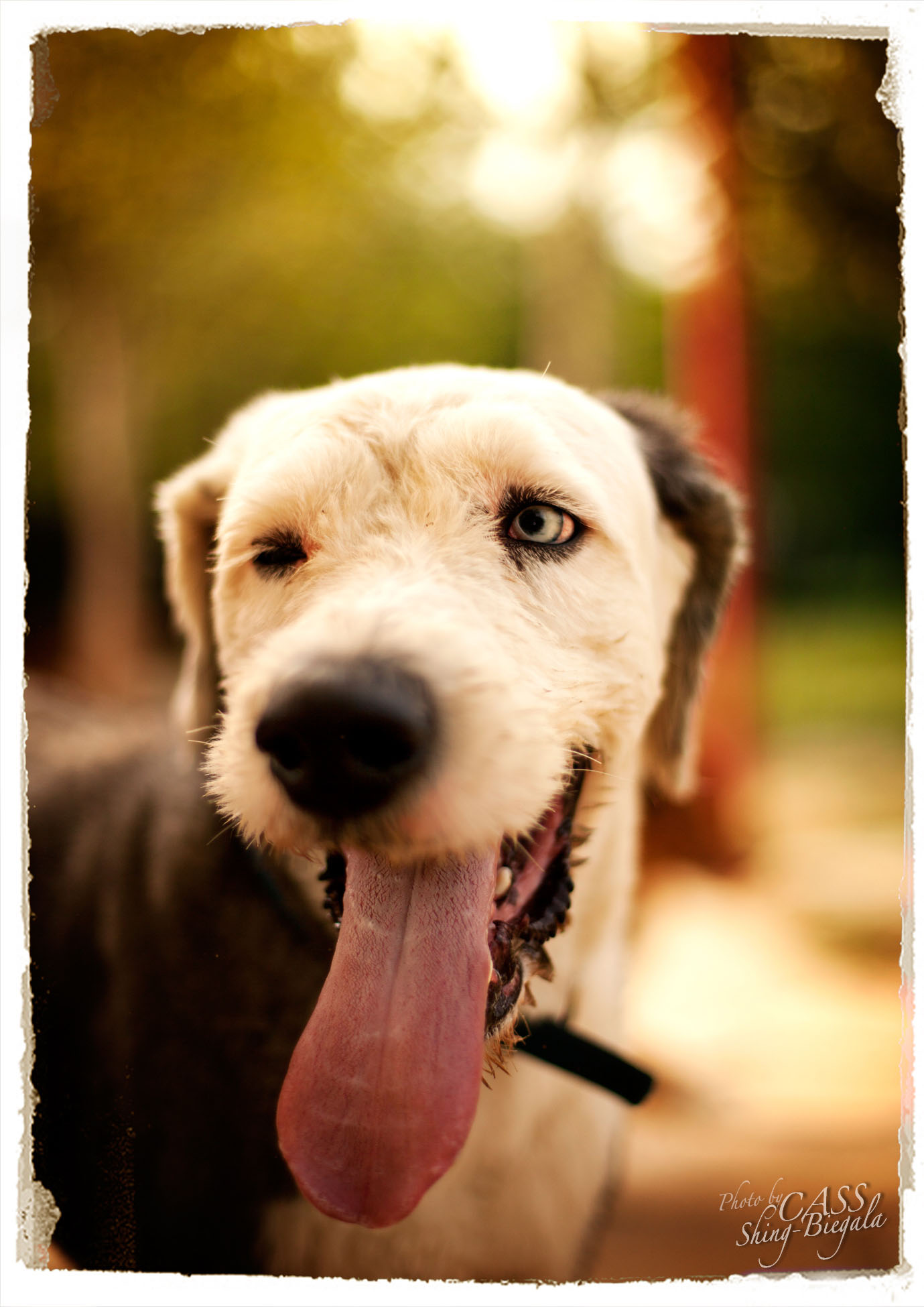
Is it always a good thing to take photos of pets with a wide-open aperture?
Why Can’t We Use a Single Setting for All Situations?
Those pet owners who just start learning photography may wonder why can’t we just use the largest aperture, fastest shutter speed and lowest ISO at all times? The answer is that there is no single formula that works for all situations especially when you need to deal with natural lighting and scenes that vary. There are pros and cons to everything, and each camera setting has its own weakness. Let’s take a look at two common situations and what we can do:
Hoping to use a wide-open aperture to achieve shallow depth of field when shooting outdoor…
When shooting under bright outdoor environment, no matter how fast the shutter speed and how low the ISO are, image may still be over-exposed. As a large aperture will let more bright sunlight in, most of the time we have no choice but to use a smaller aperture as a trade-off. If the large aperture effect is needed, there are a few solutions you may consider:
1. Choose to shoot on a cloudy day or at dawn or dusk when the sunlight is softer so you can slightly adjust to a larger aperture.
2. Look for shaded areas to shoot, for example under trees or buildings.
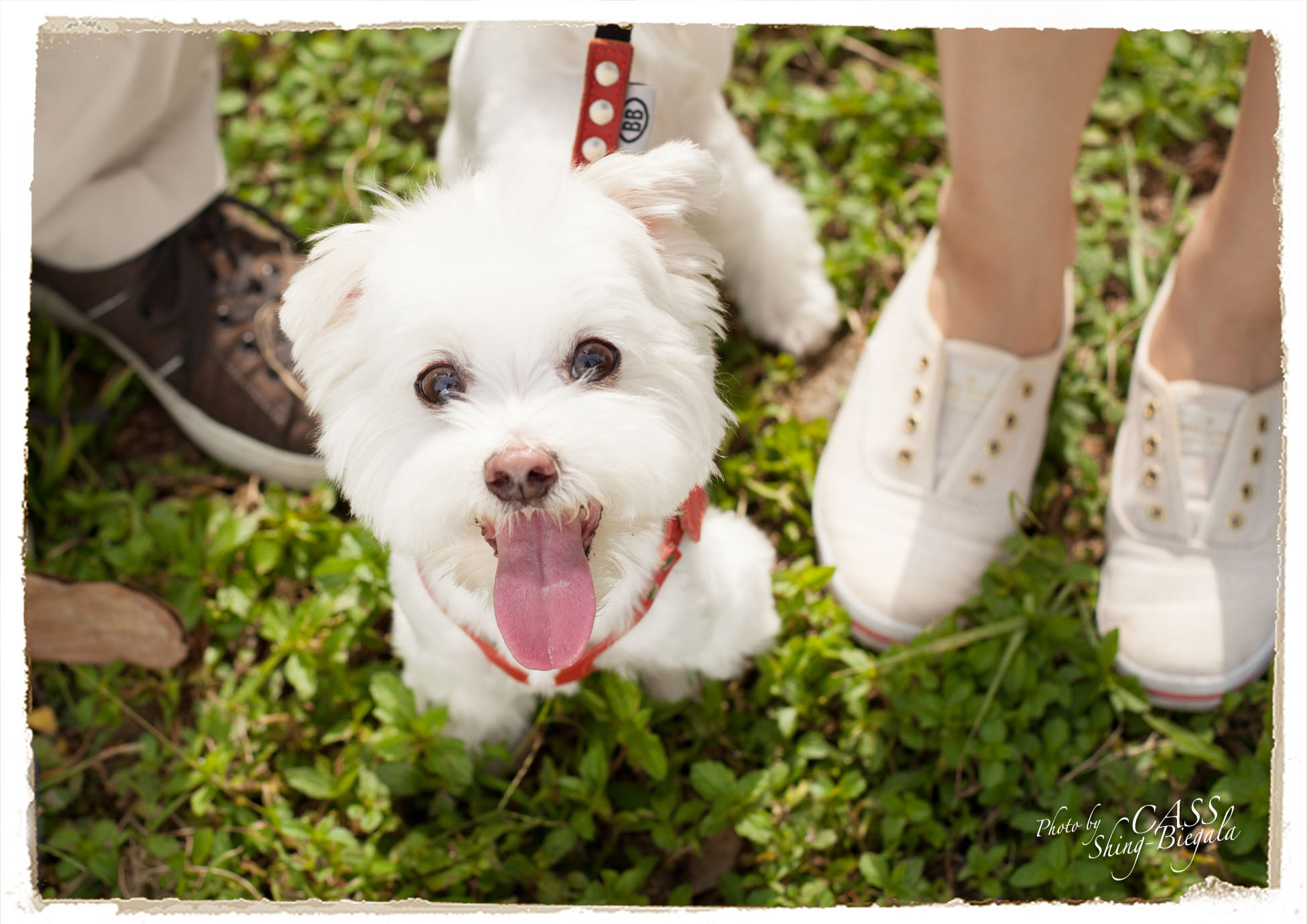
When shooting under bright sunlight, we can look for shaded areas so we can have more flexibility to adjust the aperture and shutter speed to suit our needs.
3. Shoot with telephoto lenses will result in a blurrier background given the same aperture and same level of depth of field due to the compression effect of long focal length. Subject will look more outstanding.
4. Use a Neutral Density (ND) filter where necessary. This will enable you to use a large aperture to achieve shallow depth of field even under bright sunlight.
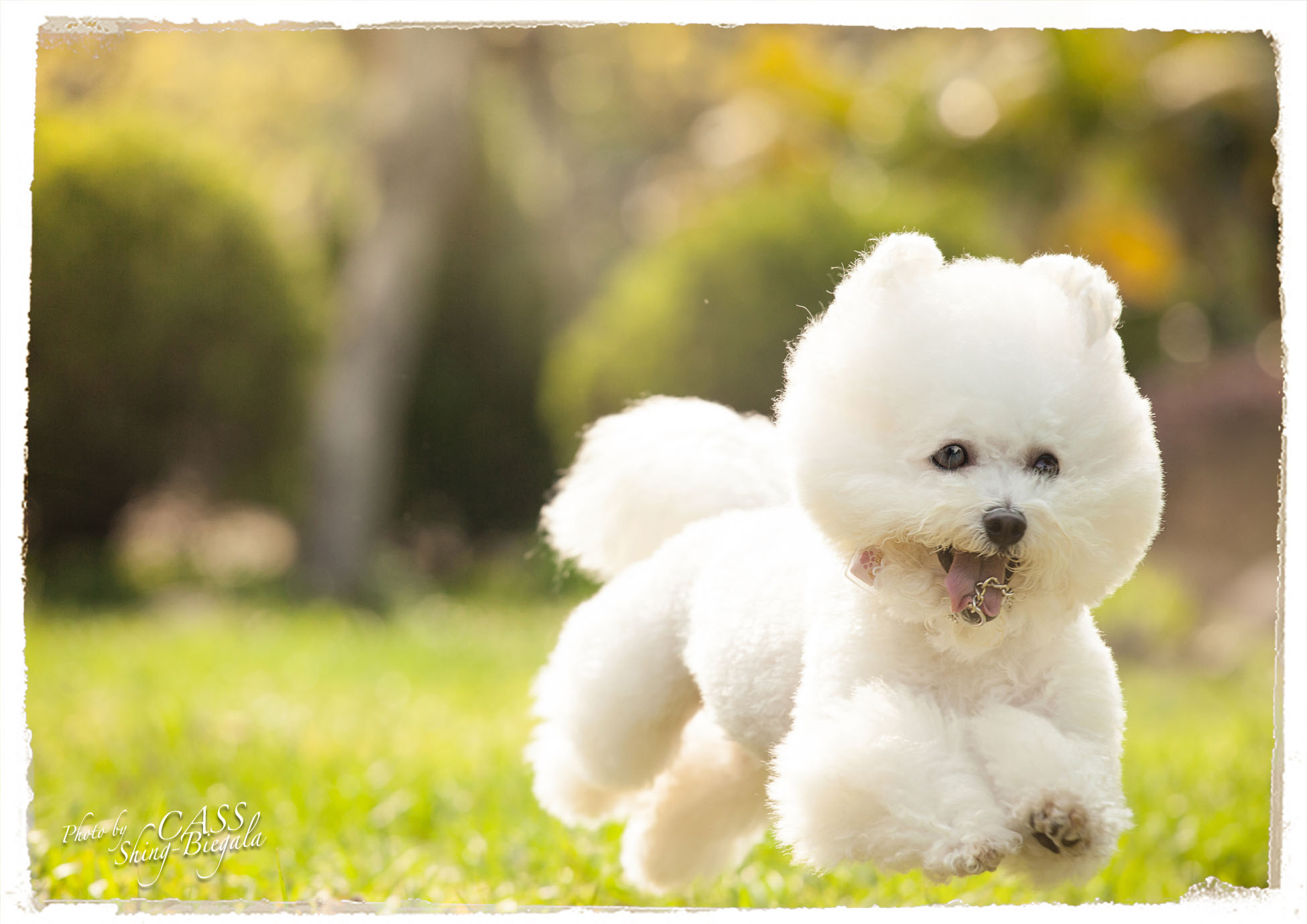
Lenses with long focal lengths can enhance the background blur effect.
Insufficient ambient lighting when shooting at home…
In this situation we have no choice but to use the largest possible aperture for more exposure, but the resulting shallow depth of field may lead to a loss of focus. If we choose to use a slower shutter speed to let more light in, there may be risk of camera shake resulting in a blurry image. How about adjusting to a higher ISO? Exposure may still look unsatisfactory even using an ISO 800 or 1600. What can we do then in this situation?
1. If you are not taking feature shots of a particular part of the pet’s body, apertures not larger than f/2.8 are recommended. If there is a need to use a large aperture for more exposure, take a couple shots to increase the chance of getting the focus right. For the focusing mode, use single-point AF or even manual focusing for more accuracy.
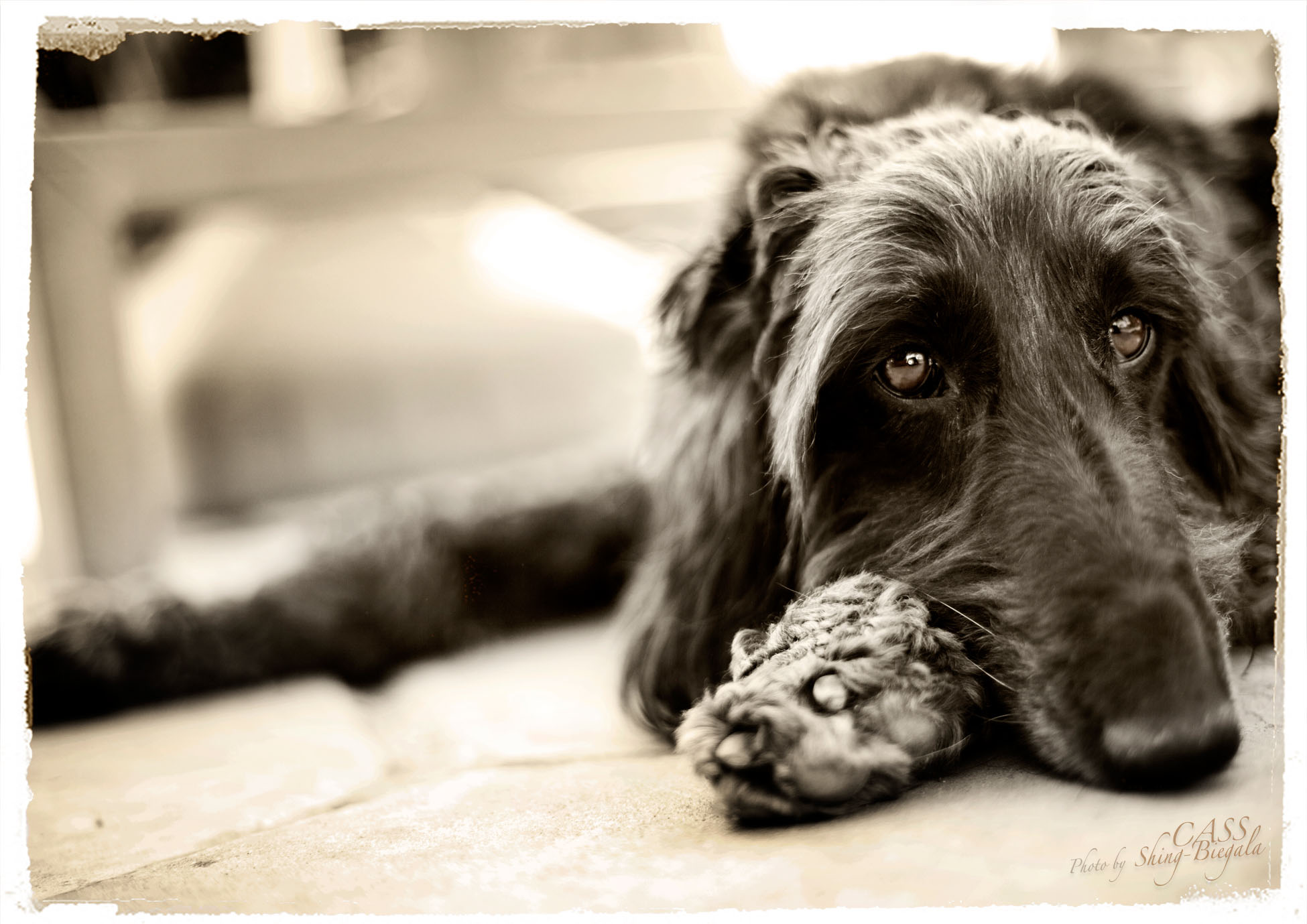
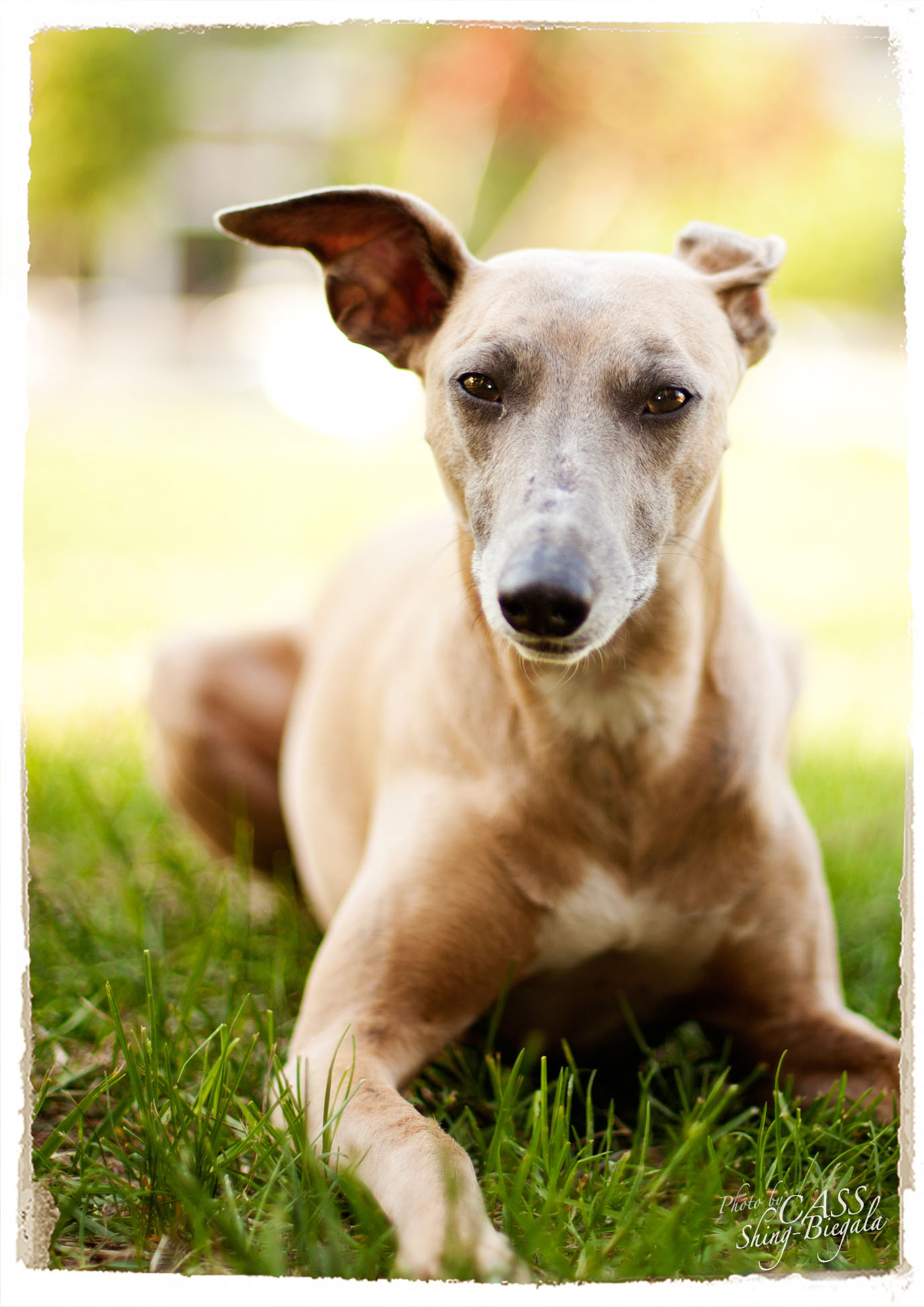
What aperture to use depends on the photo’s theme and effect you are looking for. If you have a clear goal and are confident about it, there is no problem at all even using f/1.4.
Right: EOS 5D Mark II | EF 50mm f/1.4 USM | 1/400 f/1.4 ISO100
2. A slow shutter speed can be used, but you have to think of ways to minimize the shaking. Lean against a wall, place the camera on the floor, use a tripod or even shoot with a remote shutter are some of the effective ways. With these techniques, shutter speed down to 1/30s or even 1/15s can still possibly capture pets staying still clearly.
3. If the image is only for personal use, for viewing on computer or mobile phone or for printing of normal-sized photo, adjusting the ISO should be the first thing to consider. It would still be okay to use high ISO such as ISO 1600 or 3200. Whether you prefer more image noises that come with the high ISO, or a bit loss of focus due to the use of large aperture, the choice is all yours and there is no absolute right or wrong.
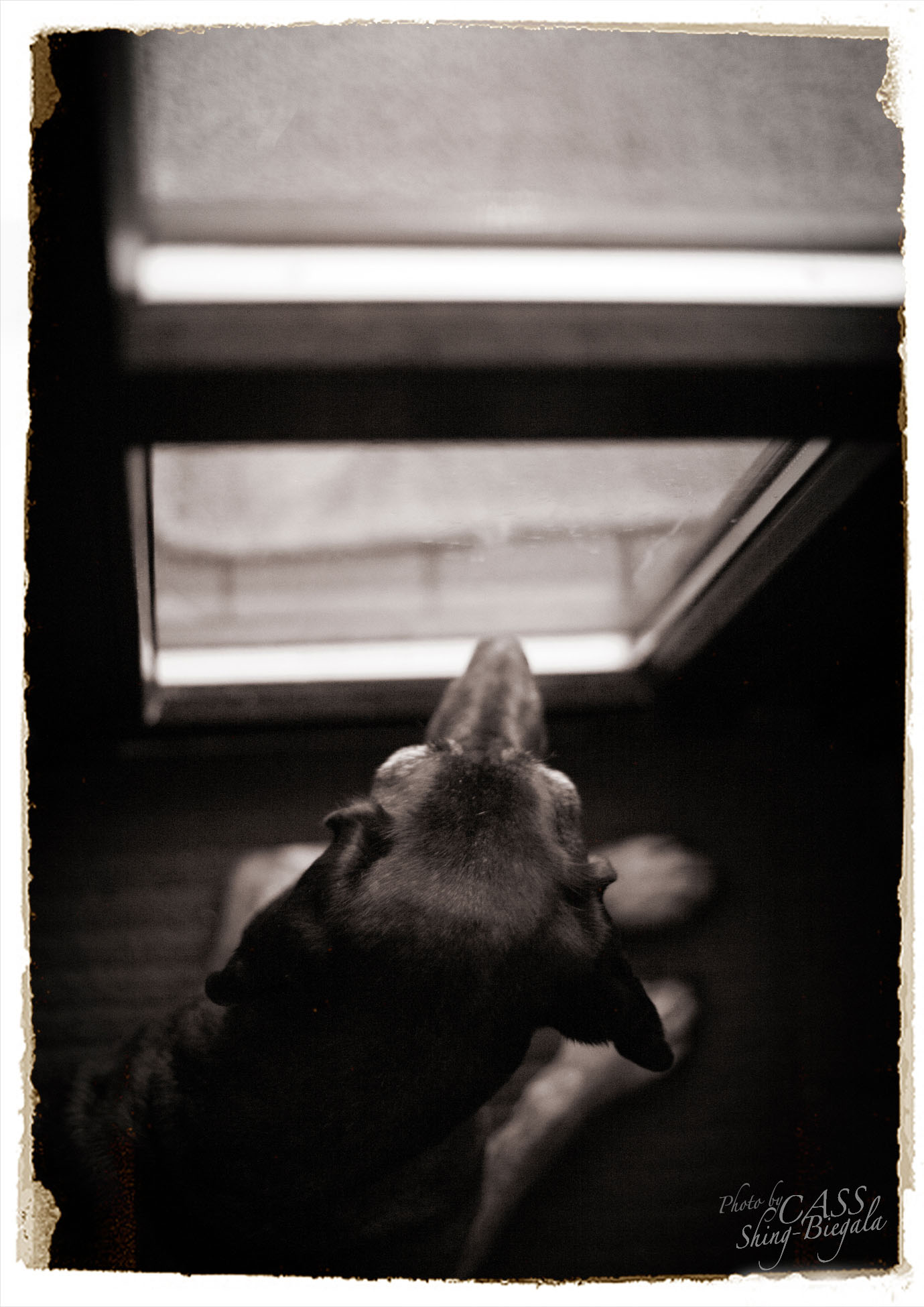
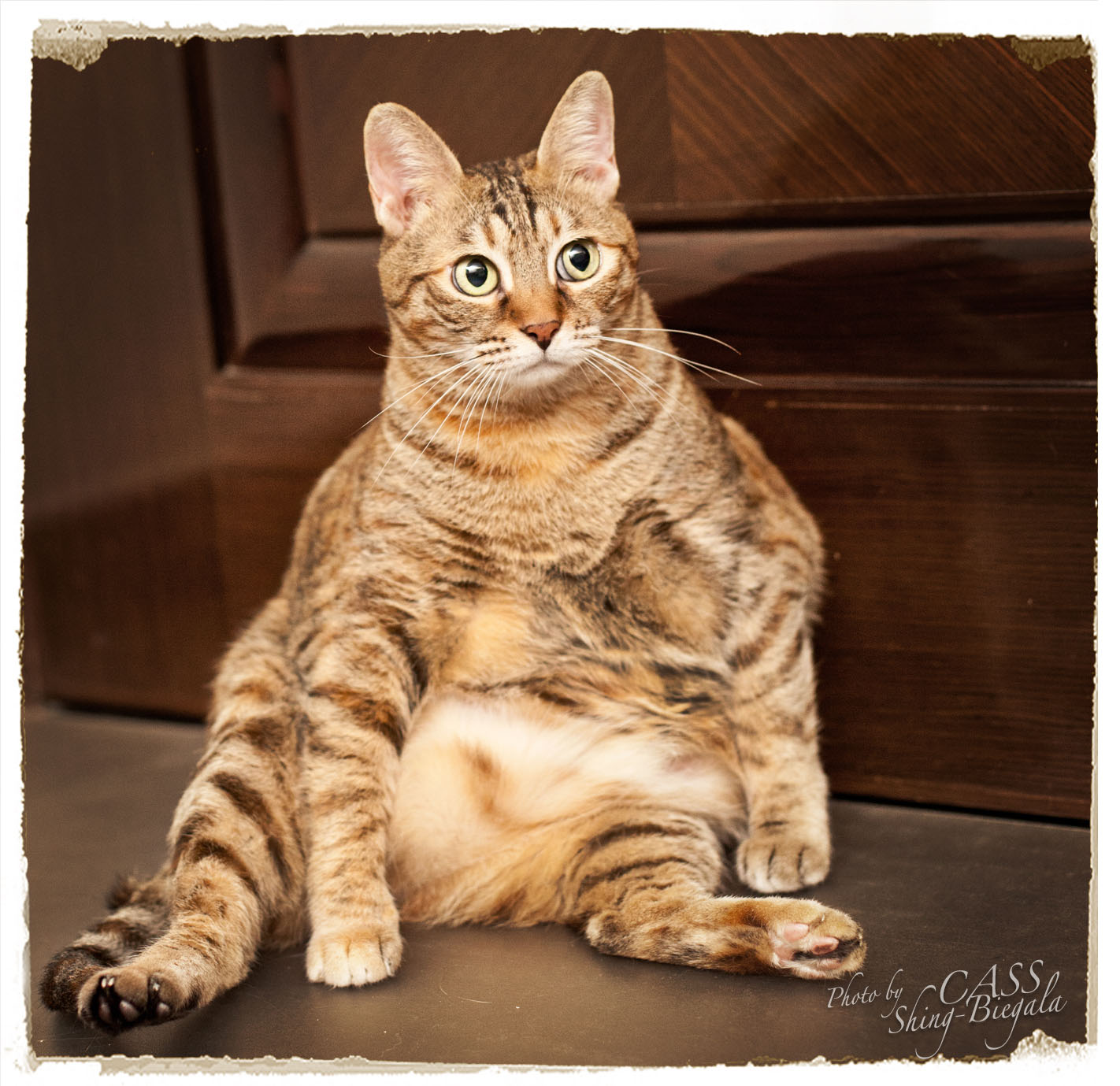
In order to capture a precious moment, using a higher ISO is sometimes the best option, especially when shooting in extremely dim environment or short period of time.
Left: EOS 5D Mark II | EF 50mm f/1.4 USM | 1/8 f/1.4 ISO 5000
Right: EOS 5D Mark II | EF 50mm f/1.4 USM | 1/125 f/2.8 ISO1600
4. Before you sacrifice on any camera setting, look around to see if there is any curtain, door or lamp to enhance the ambient lighting.
6. Lastly, if your pets are so “uncooperative” that they want to show off how full of energy they are in poorly lit environment, why not go with it and use a slow shutter to record a set of motion blur images for this playful moment? This is what creation means. See the uniqueness of each moment through a creative eye!

Frequently interviewed in TV and magazines, Cass captures the valuable moments, love and bond between human and pets with her unique philosophy and sensitivity. Cass is now living in Poland building her own Casmati Village for city people to reconnect to nature and inner wisdom. Every year she makes pet photography trips to HK and loves to engage in private online photo classes with pet owners.

